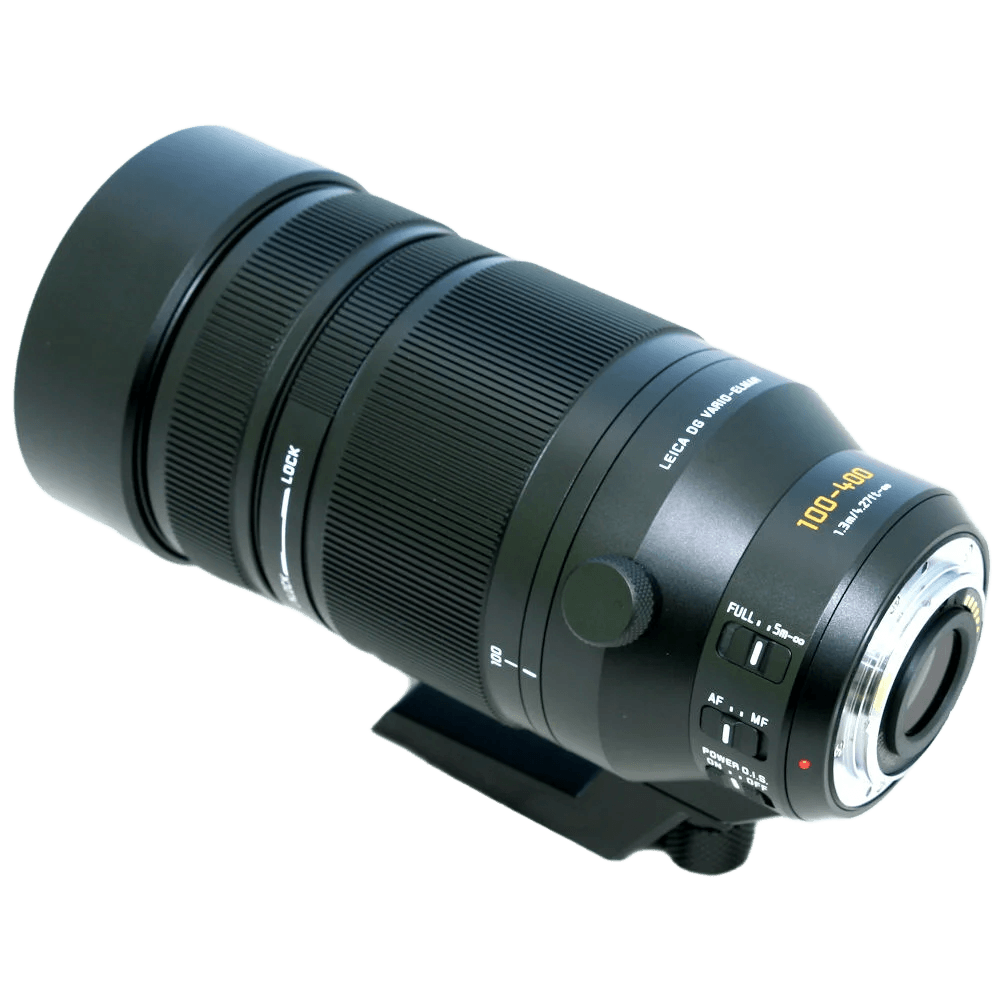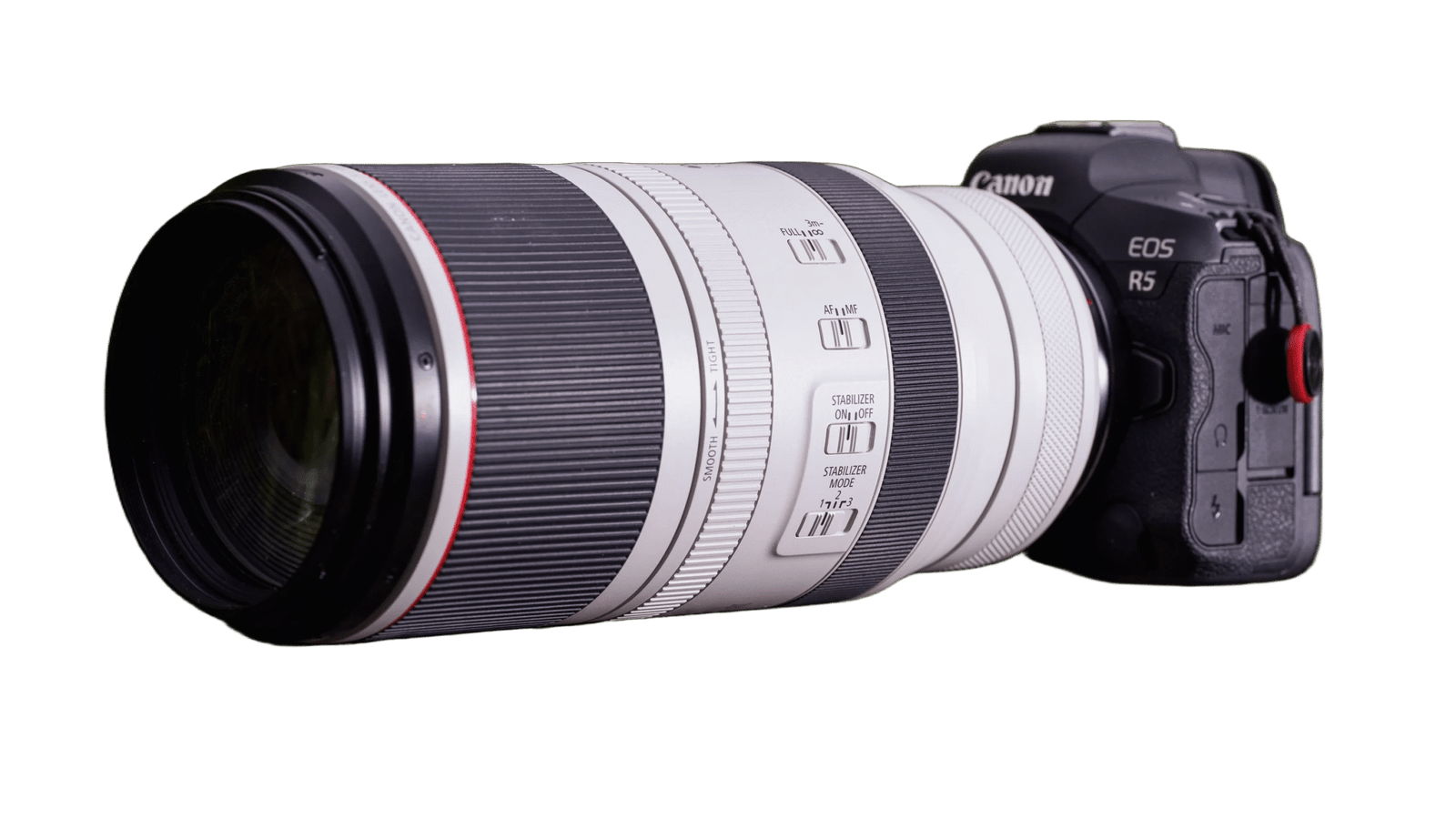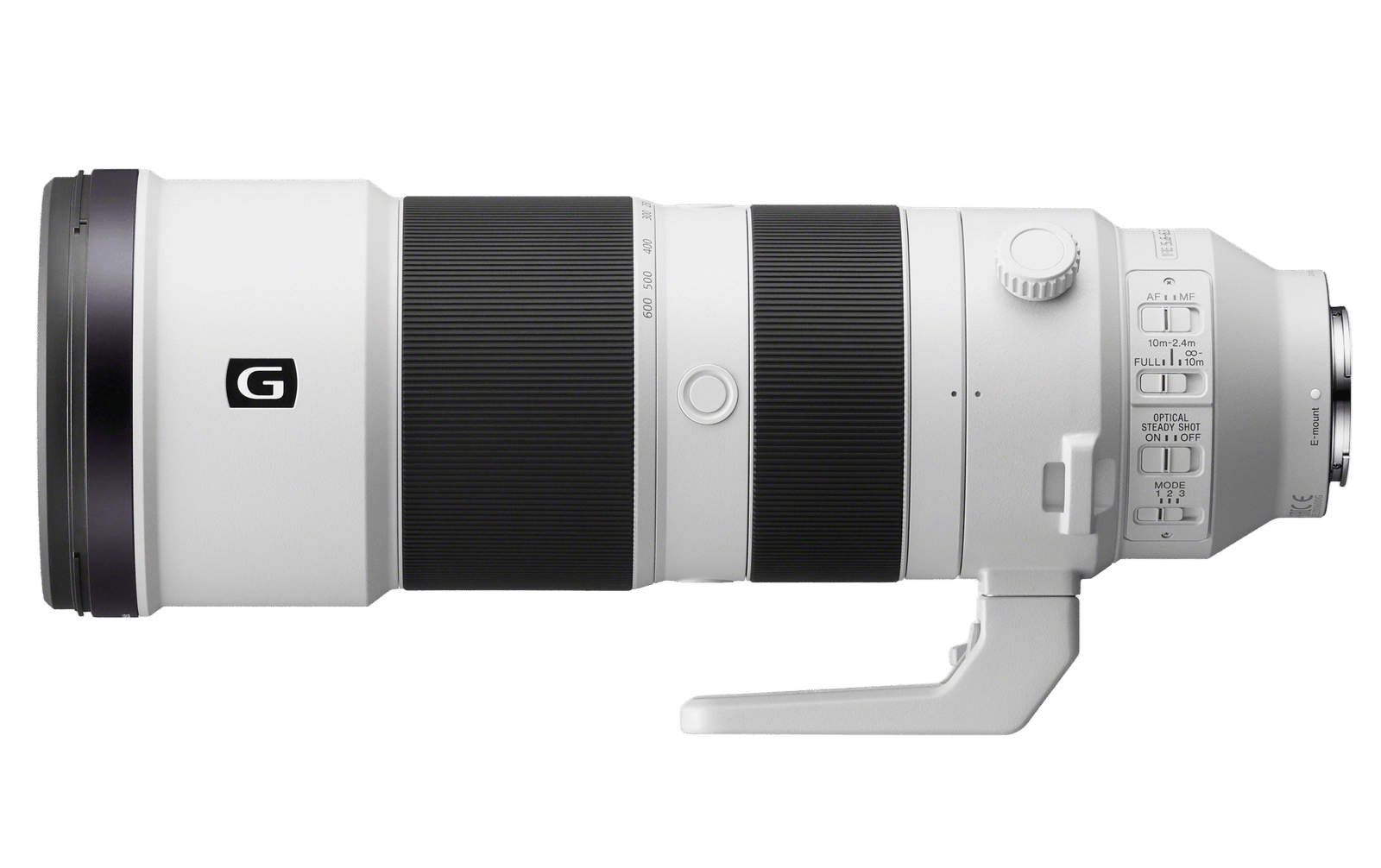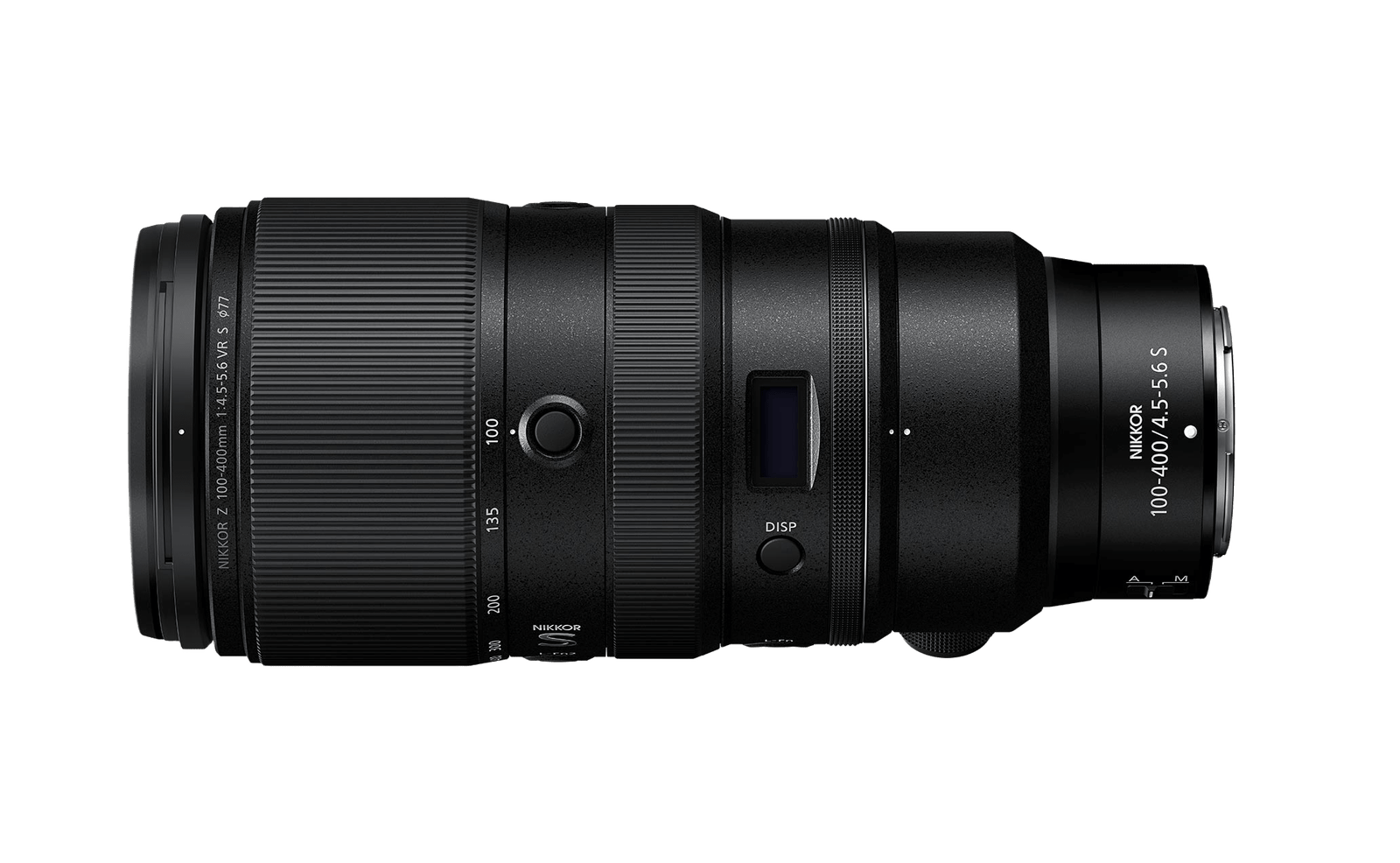Why Choose the Panasonic Leica 100-400mm f/4-6.3?
The Panasonic Leica DG Vario-Elmar 100-400mm f/4-6.3 ASPH is a high-performance super-telephoto zoom lens, designed for wildlife, sports, and long-range photography. Built specifically for Micro Four Thirds cameras, this lens provides an equivalent focal length of 200-800mm, delivering exceptional reach, sharpness, and image stabilization in a compact, lightweight design. With the Leica DG Vario-Elmar 100-400mm, photographers can experience unparalleled versatility.
Whether you’re tracking distant wildlife, freezing intense sports action, or capturing telephoto landscapes, this lens offers professional-grade clarity with unmatched portability.
Using the Leica DG Vario-Elmar 100-400mm lens allows photographers to explore various creative opportunities with its impressive focal range.
The Leica DG Vario-Elmar 100-400mm excels in various shooting conditions, making it a reliable choice for both amateur and professional photographers.
Key Features That Make the Panasonic Leica 100-400mm Stand Out
🔭 Super-Telephoto Zoom (100-400mm Equivalent to 200-800mm)
When using the Leica DG Vario-Elmar 100-400mm, the enhanced image stabilization technology ensures you capture every moment with stunning clarity.
✔ Extreme reach for wildlife, sports, and event photography.
✔ Compact and lightweight compared to full-frame alternatives.
The precision of the Leica DG Vario-Elmar 100-400mm lens ensures your action shots are consistently sharp and vibrant.
🔥 Power Optical Image Stabilization (OIS) – 5 Stops
Choosing the Leica DG Vario-Elmar 100-400mm provides photographers with the edge needed to excel in competitive environments.
✔ Reduces handheld shake, ensuring sharp, stable telephoto shots.
✔ Pairs with in-body stabilization on Panasonic cameras for ultimate steadiness.
🚀 Fast & Accurate Autofocus for Action Photography
The versatility of the Leica DG Vario-Elmar 100-400mm makes it ideal for capturing diverse subjects, from wildlife to intricate landscapes.
✔ Ultra-fast focus tracking, making it perfect for moving subjects.
✔ Quiet and precise autofocus, ideal for filmmaking and wildlife observation.
🏆 Leica-Optimized Optics for Edge-to-Edge Clarity
The Leica DG Vario-Elmar 100-400mm lens is a testament to quality and performance, making it a must-have for serious photographers.
✔ Ultra-low dispersion (UD) and aspherical elements eliminate distortion.
✔ Delivers stunning contrast, color accuracy, and fine detail resolution.
🎥 Optimized for Cinematic Filmmaking & Documentary Work
✔ Smooth zoom mechanics, making it ideal for professional video production.
✔ Silent focusing ensures discreet operation for wildlife filmmaking.
Table of Contents
Best Compatible Camera: Panasonic Lumix G9
The Panasonic Lumix G9 is the perfect match for the 100-400mm, thanks to its fast autofocus system, advanced stabilization, and high-speed burst shooting. With its 20MP Micro Four Thirds sensor, 60 fps burst mode, and outstanding in-body stabilization, this camera ensures pin-sharp telephoto shots and flawless action tracking.
Pros & Cons of the Panasonic Leica 100-400mm
With the Leica DG Vario-Elmar 100-400mm, you can be confident in achieving stunning results in any shooting scenario.
Pros:
Whether you’re an enthusiast or a pro, the Leica DG Vario-Elmar 100-400mm stands out as an essential tool in your photographic arsenal.
✅ Compact and lightweight, perfect for handheld telephoto shooting.
✅ 5-stop Power OIS ensures ultra-stable results.
✅ Leica-certified optics for sharp, high-contrast images.
✅ Weather-sealed build for extreme outdoor conditions.
✅ Compatible with Micro Four Thirds telephoto ecosystem.
Cons:
The Leica DG Vario-Elmar 100-400mm offers exceptional features that cater to the needs of modern photographers.
❌ Variable aperture (f/4-6.3) limits low-light capabilities.
❌ Smaller sensor compared to full-frame telephoto alternatives.
❌ Premium price tag for Micro Four Thirds users.
Best Use Cases for the Panasonic Leica 100-400mm
✔ Wildlife Photography: Capture distant animals with superior sharpness and clarity.
✔ Sports & Action Photography: Freeze fast-moving subjects with lightning-fast autofocus.
✔ Cinematic Filmmaking: Use the smooth zoom and stabilized optics for professional-quality footage.
✔ Travel & Outdoor Adventure: Portable and lightweight design makes it perfect for carrying on long shoots.
✔ Astrophotography: Utilize long focal lengths for detailed moon and planetary photography.
Buying Guide: Is the Panasonic Leica 100-400mm Right for You?
✅ Best For: Wildlife photographers, sports shooters, and filmmakers needing an ultra-telephoto zoom with excellent portability.
✅ Budget Considerations: A premium telephoto lens in the Micro Four Thirds category, offering Leica-quality optics for professional users.
✅ Future-Proofing: With advanced stabilization, Leica-certified glass, and compact telephoto performance, this lens remains a strong long-term investment for Panasonic users.
Elevate Your Long-Range Photography with Panasonic Leica 100-400mm
The Panasonic Leica DG Vario-Elmar 100-400mm f/4-6.3 ASPH is a high-end super-telephoto zoom lens, delivering unparalleled reach, portability, and precision for Micro Four Thirds shooters. Whether you’re tracking elusive wildlife, capturing dramatic sports action, or filming cinematic sequences, this lens offers incredible optical performance in a compact form factor.
🔥 Looking for a professional-grade telephoto zoom optimized for Panasonic mirrorless cameras? The Leica 100-400mm is the ultimate choice! 🚀📸




One thought on “Panasonic Leica DG Vario-Elmar 100-400mm f/4-6.3 ASPH”
Comments are closed.